Doc Fortnight is MoMA’s annual international festival of nonfiction film that “celebrates important new discoveries in documentary cinema….both emerging and established artists [that] highlights the ever-growing ambition and experimentation.” This year, there was a surprising number of films that embrace the arts.
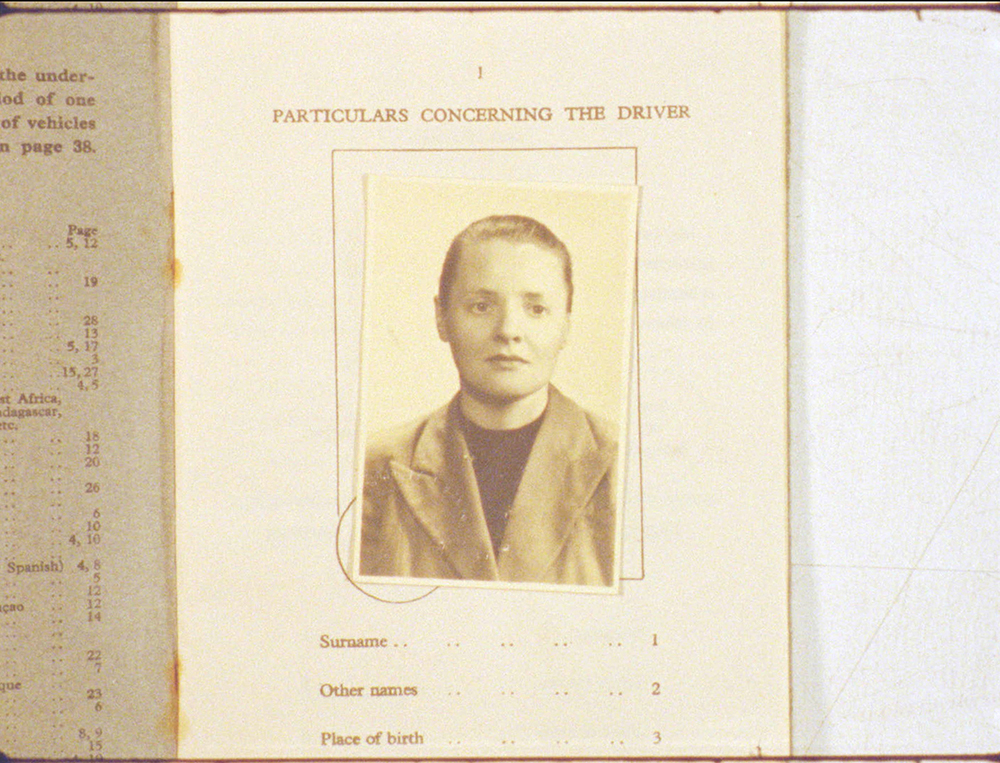
Still from Being in a Place: A Portrait of Margaret Tait.
First, there are people who document their home and community. Margaret Tait (1918 - 1999), was a Scots medical doctor, poet and filmmaker. Being in a Place: A Portrait of Margaret Tait draws on “newly recovered and restored material …comprising editing offcuts, sketches tests and alternative versions of finished films this ‘fugitive archive’ was discovered in the garden shed” at her Orkney Island home. The film is based on Tait’s proposal for an unrealized film submitted to public broadcaster Channel 4 called Heartlandscape: Visions of Ephemerality and Permanence (1983) about her home region and her sense of place. Tait’s style is fragmented with snippets of images and dialogue with little sync sound so people are seen speaking on screen, but we don’t hear their words. She studied filmmaking in Rome from 1950-52 at Centro Sperimentale di Cinematografia (she talks about Roberto Rossellini and Ingrid Bergman visiting her class), and she names Luis Buñuel, Rene Claire, Jean Vigo, Vittorio De Sica, Yasujirō Ozu, Satyajit Ray, Laurel and Hardy, Jerry Lewis, Billy Wilder, Sam Peckinpah, Federico Fellini and Luchino Visconti as directors who affected (not influenced) her, but she “can’t think of any British directors.” The award-winning recent film Aftersun (2022, Charlotte Wells) is directly influenced by Tait’s work, especially Blue Black Permanent (1992); both revolve around childhood memories.
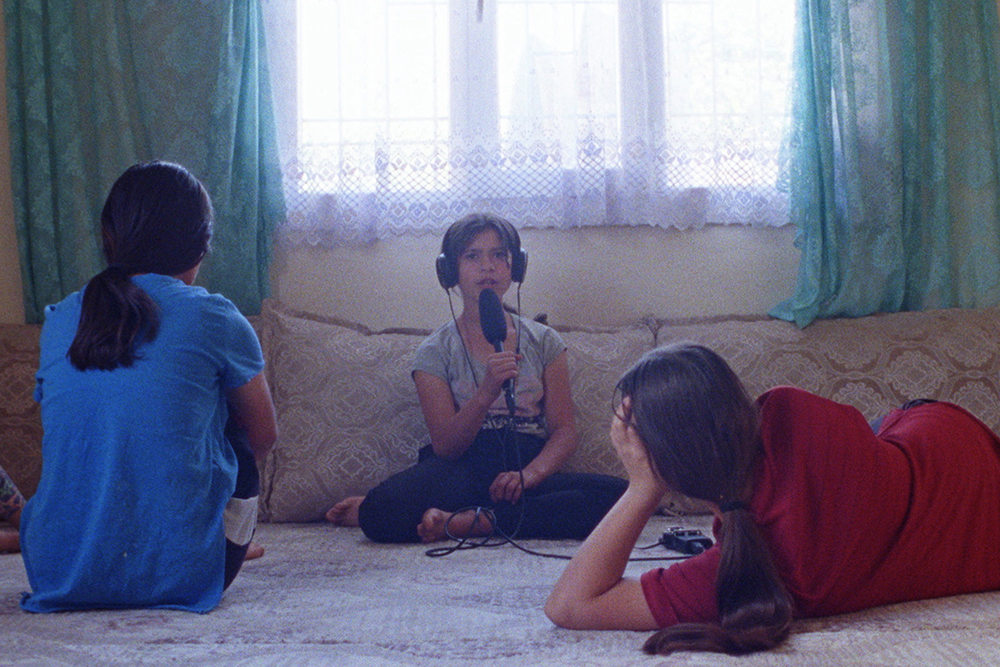
Still from Darkroom.
The film Darkroom takes on a new meaning when were realize that the kids photography project that takes place in the ancient city of Istasyon near Amasya, at the modern-day crossroads of Turkey and Syria is on the perimeter of the February 2023 earthquake zone. This is an experimental program for youth to formulate their own reality in a conflict zone. “Through their gaze, they transform cinder block villages into portals and roam freely across abandoned train tracks to Sirkhane Darkroom, an oasis of red light and pomegranate trees, where their images are born.” We see the kids climbing up gas tanks, hunting a rabbit, walking through corn fields, eating a pomegranate, singing. They look back at images of themselves in 2000 where they recognize each other. They develop 35mm analog film using small red cameras and we see the beautiful black and white “art” photos they made.
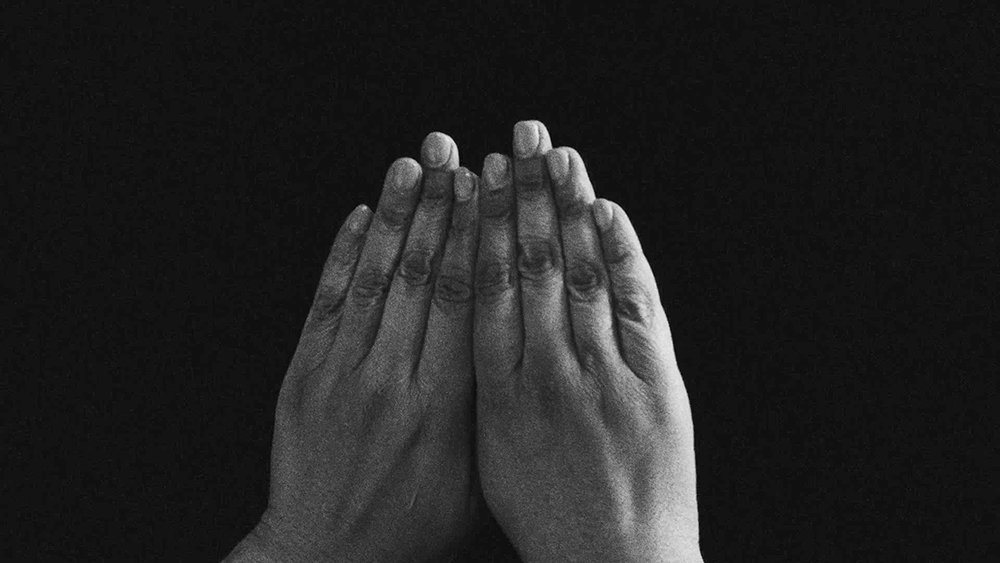
Still from Conspiracy.
Simone Leigh, who represented the U.S. at the 2022 Venice Biennale where she won the Golden Lion, made the film Conspiracy. It focuses on manual labor in making art. Shot in black and white, a hand-coiled ceramic vessel is made on a turntable; and tools are held up — a grater, fishing line, and anvil. A clay torso is fired in a gas kiln becomes like a coffin or burial site, and the artist Lorraine O’Grady with her trademark highly piled white hair with a pouf of black, bears witness. At the water’s edge outside Leigh’s studio in Red Hook, Brooklyn, the hooped skirt on a clay woman is set afire so that only the metal hoop remains. Readings from Robert Farris Thompson and Zohra Neale Hurston are heard alongside “Conspiracy,” a poem by Jeanne Lee, delivered in a 1974 performance.
Eventide trailer by Sharon Lockhart.
Similarly, we follow a flame around the black and white screen in Hough 66, a white on a black field with the flame bursting. Artist Sharon Lockhart filmed people wielding flashlights at night on a beach in Eventide. Her 1997 film Goshogaoka was also shown. In a junior high school auditorium/gymnasium in Japan, a girls basketball team runs past the camera with identical bob haircuts and dressed first in white T-shirts and black shorts which they change several times until finally ending up in green boiler suits. Their rhythmic movements of feet hitting the floor, running in lockstep, doing stretches, call-and-response chants mesmerize the viewer. First Team Offense takes the faces of young Black football players in Texas A&M uniforms and superimposes images of other players including young Black women, made in black and white.
WE LOVE LIFE trailer from Hana Vojáčková on Vimeo.
We Love Life chronicles the Soviet-sponsored Czech phenomenon of Sokol, a physical education movement, or Spartakiad —Soviet Union attempted to use Spartakiads to both oppose and supplement the Olympics. Named for the slave rebel leader, Spartacus, was intended to symbolize proletarian internationalism. in direct contrast to the modern "capitalist" Olympics — which with its synchronized mass formations looks like a Busby Berkeley film, synchronized swimming, the Rockettes, and airplane squadron formation flying combined. The national finals were held at the Strahov stadium, the largest in the world holding 250,000 spectators. Gymnastics was used to demonstrate unity and strength from the Austro-Hungarian empire to the post WWI Czech regime. We see planning with graph paper for the huge human movements, as well as props, costumes, and rings being made. There we no stars, only uniformity was praised. “Cogwheels of a nuclear machine at work, symbols of progress, of the endless possibilities of people’s hands and spirit. Through their inventive work they triumph over nature and conquer the universe. Ahead to the new future!” It’s almost militaristic, and attempts were made to emulate the efforts in Tunisia, Vietnam and Iran. The movement died out with the Prague Spring. Artist Piet Mondrian was the inspiration for a video board game, which is how the film ends.

Still from Still Film.
Still Film takes 35mm film publicity photos accompanied by narration from a legal deposition address the movie-viewing experience, trying to sort out fact from fiction.
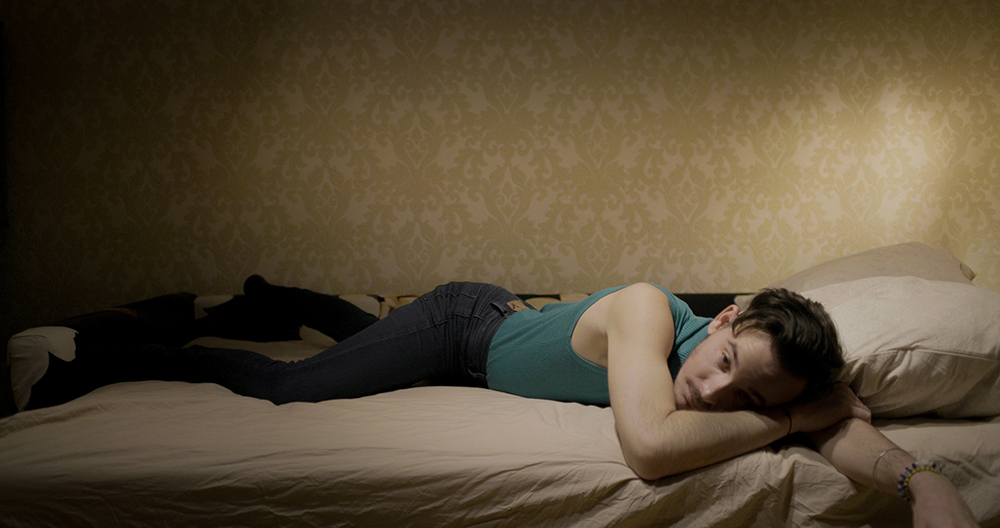
Still from Calls from Moscow.
Real life comes home in Calls from Moscow. A group of Cubans, many in the arts, have emigrated to Moscow hoping to get away from their dead-end lives at home. But the war in Ukraine has only made life more difficult for this group, who are constantly on the phone to people in Cuba or other countries of exile. One man, who seems to be a drag performer, dresses before a mirror and lip syncs to American pop song. There is constant snow in this bleak environment filled with Soviet era housing blocks, one of which sports a large pink pig sculpture in the front courtyard. “No one talks about the war” one of them says. “This is a country without a democracy.” “You don’t have the right to express what you feel and believe.” “You’re not safe anywhere.” Basically, they’re all doing different work, whatever they can. Cuba is the Russian’s Hawaii, is one of their refrains.
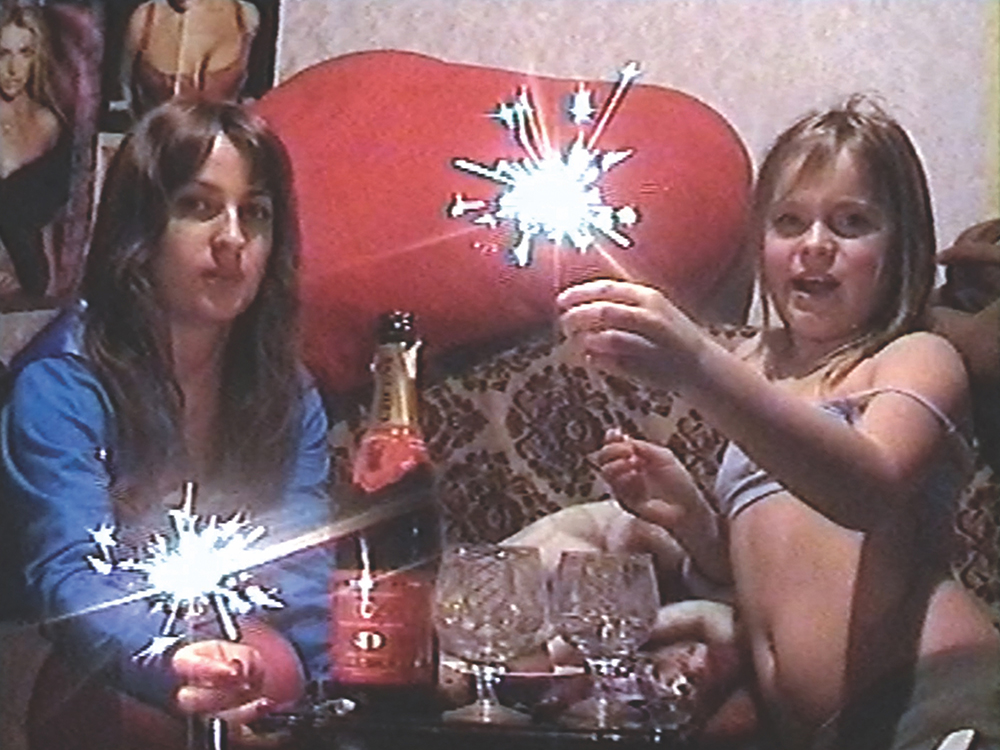
Still from Love is Not an Orange.
Difficult choices and exile are also at the heart of Love is Not an Orange, where women of Moldova leave their families for work in Italy to make money, and are kept abreast of their families and children back home via videotapes that created for are sent to them. The videos are almost performance pieces, but it is clear as the children grow older, they have almost no connection to their distant mothers and don’t want to make the videos anymore. Most of the women never return.
Films Mentioned:
Being in a Place: A Portrait of Margaret Tait, directed by Luke Fowler
Darkroom, directed by Asli Baykal
Conspiracy, directed by Simone Leigh
Hough 66, directed by Kevin Jerome Everson
Eventide, directed by Sharon Lockhart
Goshogaoka, directed by Sharon Lockhart
First Team Offense, directed by Kevin Jerome Everson
We Love Life, directed by Hana Vojáčková
Still Film, directed by James N. Kienitz Wilkins
Calls from Moscow, directed by Luís Alejandro Yero
Love is Not an Orange, directed by Otilia Babara
